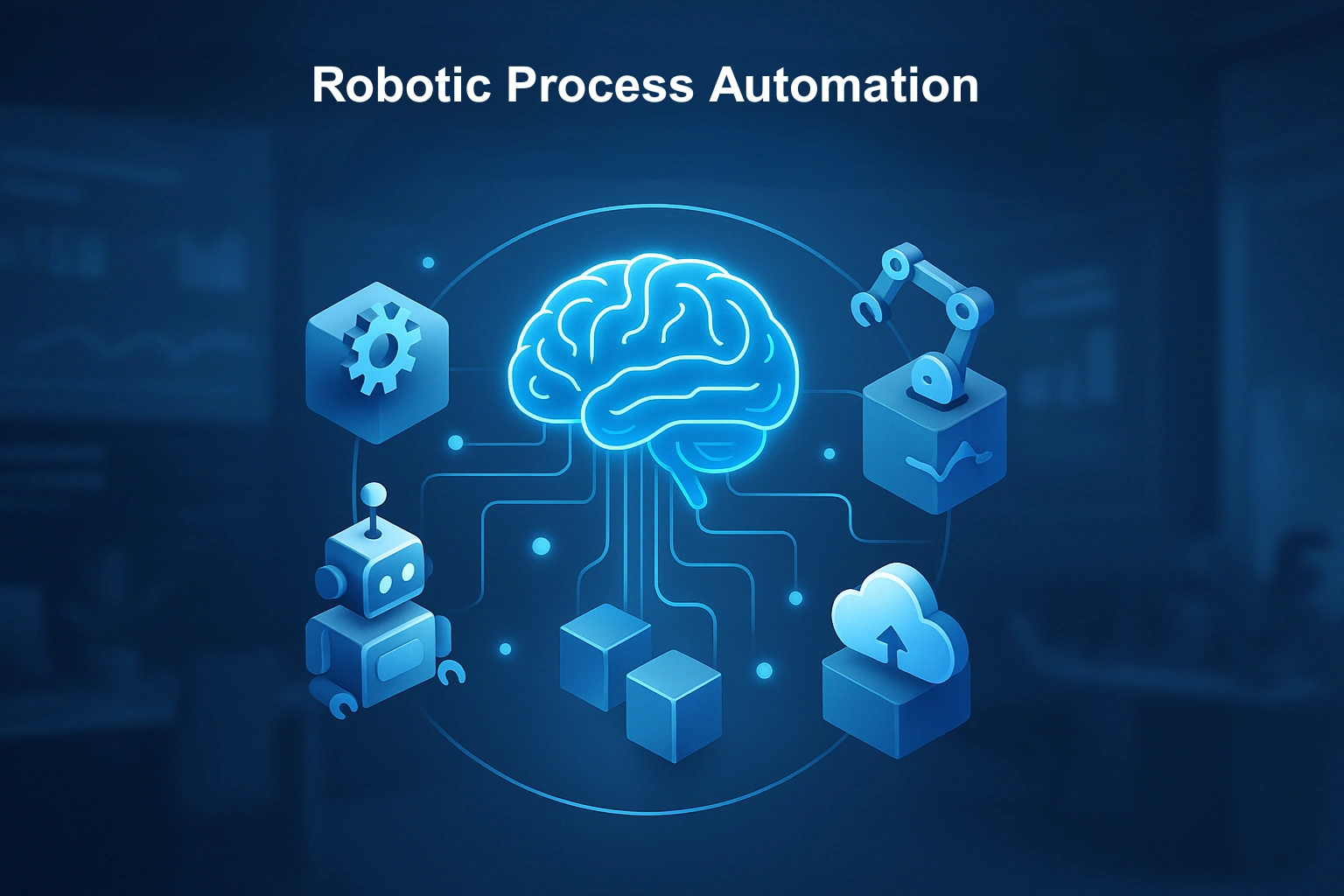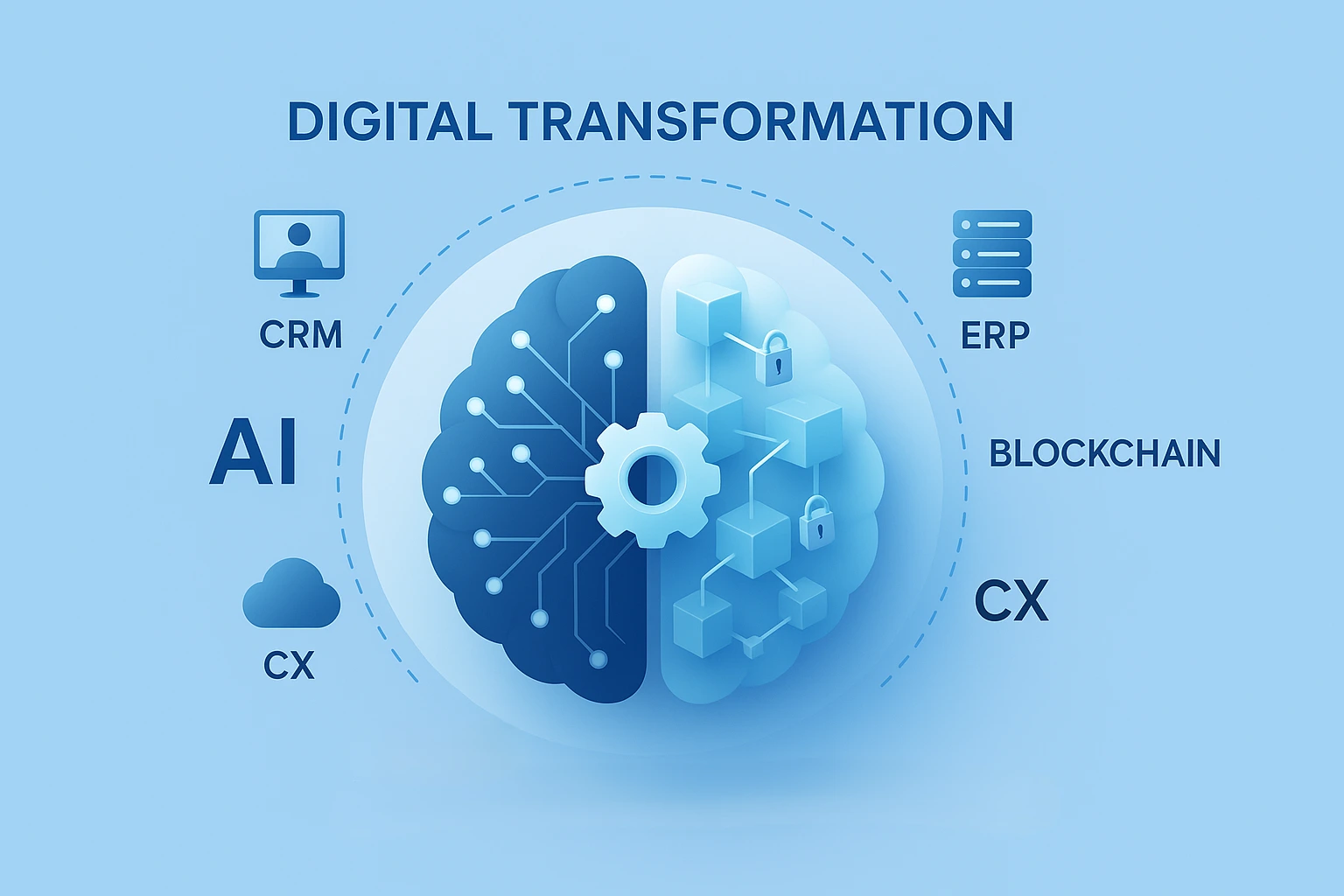Post By

Scalability

In the ever-accelerating digital era, where speed, resilience, and adaptability are more than just buzzwords, scalability has emerged as the true north of technology strategy. For growing businesses, especially in sectors like fintech, SaaS, and e-commerce, scaling isn’t just about handling traffic spikes or onboarding new users. It’s about sustaining long-term growth without breaking the system—or the budget. Imagine launching a product that gains unexpected popularity overnight. While the surge in users is thrilling, your infrastructure is groaning under pressure. Pages are loading slower, transactions are failing, and users are abandoning ship. This scenario, unfortunately, is still all too common. Scalability addresses this exact challenge. It ensures that systems grow organically with user demand, performance expectations, and market expansion. It empowers teams to innovate faster, fail safely, and adapt in real time. But building truly scalable infrastructure is no cakewalk—that’s where Scaloy comes in. Scaloy is a digital technology consultancy that designs and deploys resilient, flexible, and scalable cloud-native infrastructures. From Kubernetes orchestration to DevOps automation and serverless architecture, Scaloy helps businesses move from reactive problem-solving to proactive growth acceleration. Scaloy doesn’t just build systems—it builds systems that evolve. Let’s say you’re a mid-sized e-commerce business preparing for your annual festive sale. Every year, traffic increases by 3X during the season, and so do cart abandonments. Your legacy infrastructure can’t keep up. Scaloy’s approach would be to implement auto-scaling using Kubernetes, decouple services via containers, and layer in a serverless checkout function that handles spikes independently. They’d build a CI/CD pipeline to push updates quickly and deploy monitoring dashboards so your teams know what’s happening in real time. Now you’re not just surviving seasonal traffic—you’re maximizing it. At the heart of every Scaloy solution is a conversation. Engineers ask about goals, fears, culture, and workflows—not just bandwidth or latency. The result is infrastructure that teams love to work with. For example, a fintech client expanding into South Asia achieved 2X transaction throughput and 60% fewer outages after Scaloy built a multi-region Kubernetes cluster, implemented AI-based monitoring, and trained internal teams on microservices practices. Building a scalable tech stack isn’t a one-time project. It’s a mindset, a set of principles, and a partnership. Scaloy helps businesses build not just systems that work, but ecosystems that thrive. Whether you’re a startup or an enterprise, Scaloy ensures your journey to growth is smooth, future-ready, and sustainable.
Why Scalability Matters Now More Than Ever
Meet Scaloy: Your Partner in Growth-Ready Technology
Real People. Real Problems. Real Solutions.
The Technology Stack: Robust, Flexible, Scalable
Beyond Code: A Human Approach to Digital Scaling
Common Challenges and How Scaloy Solves Them
Key Industry Success Stories
Looking Ahead: Scalability Trends for 2025
Final Thoughts: Scalability is a Journey, Not a Destination
What is scalability in technology, and why is it important?
Scalability is the ability of a system to handle growth in workload or users without performance loss. It is essential for businesses to sustain growth, manage spikes in demand, and remain reliable without excessive costs.
How does Scaloy help businesses achieve scalable infrastructure?
Scaloy designs and implements cloud-native infrastructures using Kubernetes, serverless computing, and DevOps automation—enabling businesses to scale seamlessly, reduce downtime, and optimize costs.
What technologies does Scaloy use to build scalable solutions?
Scaloy’s tech stack includes Kubernetes, Docker, AWS Lambda, Google Cloud Functions, Jenkins, GitHub Actions, Prometheus, Grafana, and ELK stacks for automation and observability.
Can Scaloy support legacy systems during transitions?
Yes. Scaloy applies the strangler pattern to replace legacy systems with microservices gradually, ensuring zero downtime and minimal business disruption while improving scalability.
How does Scaloy ensure security in scalable infrastructure?
Security is built-in from the ground up with RBAC, encryption in transit and at rest, and zero-trust frameworks—ensuring safety even as systems expand globally.
Which industries benefit most from Scaloy’s scalability solutions?
Industries such as fintech, SaaS, and e-commerce see the most impact—Scaloy helps them manage rapid user growth, security needs, and global expansion efficiently.
How does Scaloy support global expansion?
Through edge computing, CDN integration, and geo-fenced data storage, Scaloy ensures performance consistency and regulatory compliance across regions worldwide.
What results have Scaloy clients achieved?
Clients have handled 4X traffic spikes, cut page load times by 40%+, doubled transaction throughput, and reduced infrastructure costs by up to 33%.
What is Scaloy’s approach to monitoring and observability?
Scaloy integrates Prometheus, Grafana, and ELK stacks to give real-time visibility into system health, allowing proactive detection and quick resolution of issues.
How does Scaloy go beyond tech implementation?
Beyond solutions, Scaloy offers workshops, 24/7 migration support, detailed documentation, and collaborative planning to ensure long-term success for clients.

Discover our other blogs.
Automated QC
Speed, accuracy, and efficiency are critical in the rapidly evolving field of diagnostics and...

Yash Patel
Jul 10, 2025
Scaloy Success Stories
In today’s dynamic corporate environment, embracing the right technology is no longer o...

Ankit Patel
Jun 20, 2025
RPA
In today’s fast-paced business world, speed, precision, and innovation define success. ...

Isabella Rossi
May 10, 2025
IOT Takeover
Imagine receiving care, diagnosis, and monitoring from a network of intelligent medical devic...

Ishita Choudhury
Apr 23, 2025
IOT In Healthcare
The healthcare industry is undergoing a paradigm shift. Rising demands, growing costs, and th...

Noah Fischer
Apr 6, 2025
IOT
In today’s digital-first economy, businesses are under increasing pressure to process m...

Emma Williams
Mar 20, 2025
Digital Transformation
In an era of accelerating change, digital transformation is no longer a choice but a necessit...

Siddharth Nair
Mar 3, 2025
Data Driven Strategies
In today’s hypercompetitive digital economy, data has become more than just information...

Liam Johnson
Feb 17, 2025
Cloud Native Healthcare
The healthcare industry is experiencing rapid digital acceleration. From electronic health re...

Kavya Iyer
Jan 31, 2025
Cyber Security
As digital transformation accelerates, organizations across industries are under pressure to ...

Sophia Martinez
Jan 15, 2025











